Unlock the Hidden Luxury Secrets of Dubai with Zegna – Your Ultimate Style and Adventure Awaits!
When you think of Zegna, what pops into your mind? If you’re anything like me, it’s probably the rolling hills of Italy, the exquisite craftsmanship of Biella’s wool mills, and Milan’s buzzing fashion week scene. That’s the vibe we’ve all come to associate with this iconic luxury label since its birth back in 1910. So, here’s a curveball for you—why on earth would Zegna choose the shimmering desert city of Dubai to unveil its spring/summer 2026 collection, skipping the cobblestone streets of Italy altogether? It’s a question that had me scratching my head until I dug deeper. Turns out, this bold move is more than just a flashy backdrop—it’s about reconnecting with communities, embracing new styles inspired by the wearers themselves, and redefining luxury in a way that resonates across continents. Intrigued yet? You should be. Because if there’s one thing Zegna is teaching us, it’s that staying relevant means daring to evolve, even if it means taking the runway far from home. LEARN MORE
For folks who keep an eye on luxury fashion, Zegna is pretty much synonymous with Italy. The label was founded in 1910 in the town of Trivero in the Biella region, the longtime home of some of the country’s finest wool mills. It still operates there to this day, though the corporate headquarters are situated in Milan, where Zegna is (naturally) a fixture on the fashion-week calendar.
So why, this past June, did Zegna show its spring/summer 2026 collection not in Italy—not even in Europe—but in Dubai, of all places?
“I like the idea of being in touch with our communities,” says Zegna artistic director Alessandro Sartori. “Here, in Dubai, we have a lot of customers and friends of the house. The collection is flying, literally, because the community sees Zegna as we feel Zegna should be seen. We wanted to touch base with that community in a different way. So we spoke to the local authorities, got this amazing space, and decided to show here.”
The “amazing space” in question is the Dubai Opera, which Zegna transformed into an Italy-meets-the-UAE desert oasis complete with a sand-covered floor and no shortage of lush greenery. Before it turned into the setting for a bustling party, models made their way down the runway in luxe, relaxed garments—think relaxed overshirts, loose trousers, and effortless suits—in earthy neutrals, rich reds, and, of course, greens ranging from olive to hunter to moss.
Though the collection itself wasn’t shifted to reflect the locale, the styling was—a nod to the way Zegna’s customers in Dubai wear the clothes in real life. “I think 50 percent of the design is done by the designers, the brand,” Sartori explains. “The other 50 percent is done by people who are wearing the garments. And the way these people are styling or composing the looks is different.” That translated to lighter layers, more flowing fabrics. Very Zegna, just a little different this time around.
The next day, the space changed yet again, becoming a hosting ground for devoted Zegna fans to attend one-on-one appointments to buy bespoke clothing, pieces from a Dubai-exclusive capsule, and the designs that just went down the runway the night before. It’s a concept the fashion house calls, appropriately, Villa Zegna—a way of welcoming customers home.
It’s also, at a time when some luxury brands are suffering from a sense of fatigue, a way for Zegna to lift the curtain and let its biggest supporters around the world see—and, crucially, feel—where their hard-earned money is going. “It’s a new format, new layers distribution but also of engagement,” Sartori says. “These are keys to see the future in a different way. We should evolve to become always, everywhere, relevant—even where we are not.”
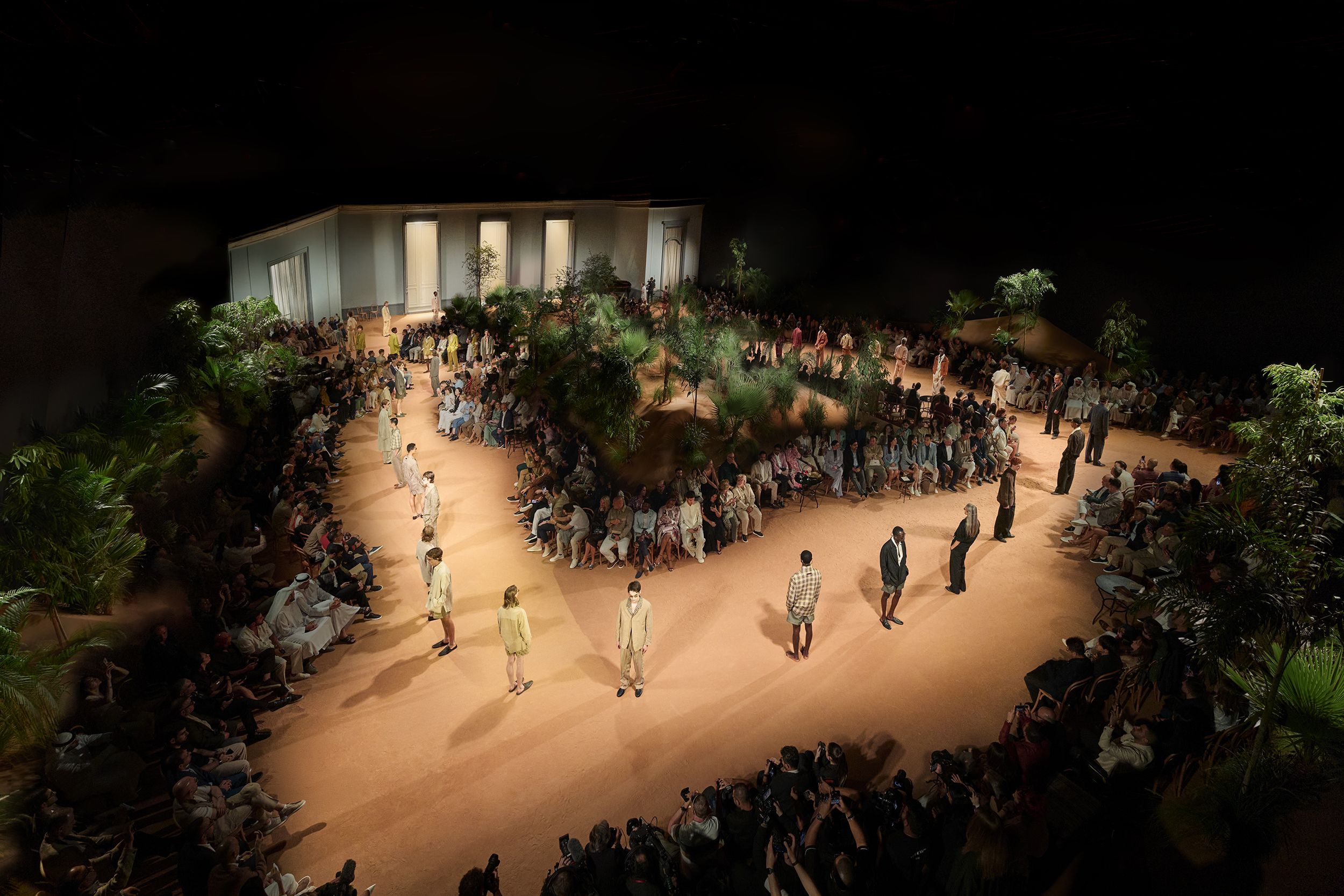
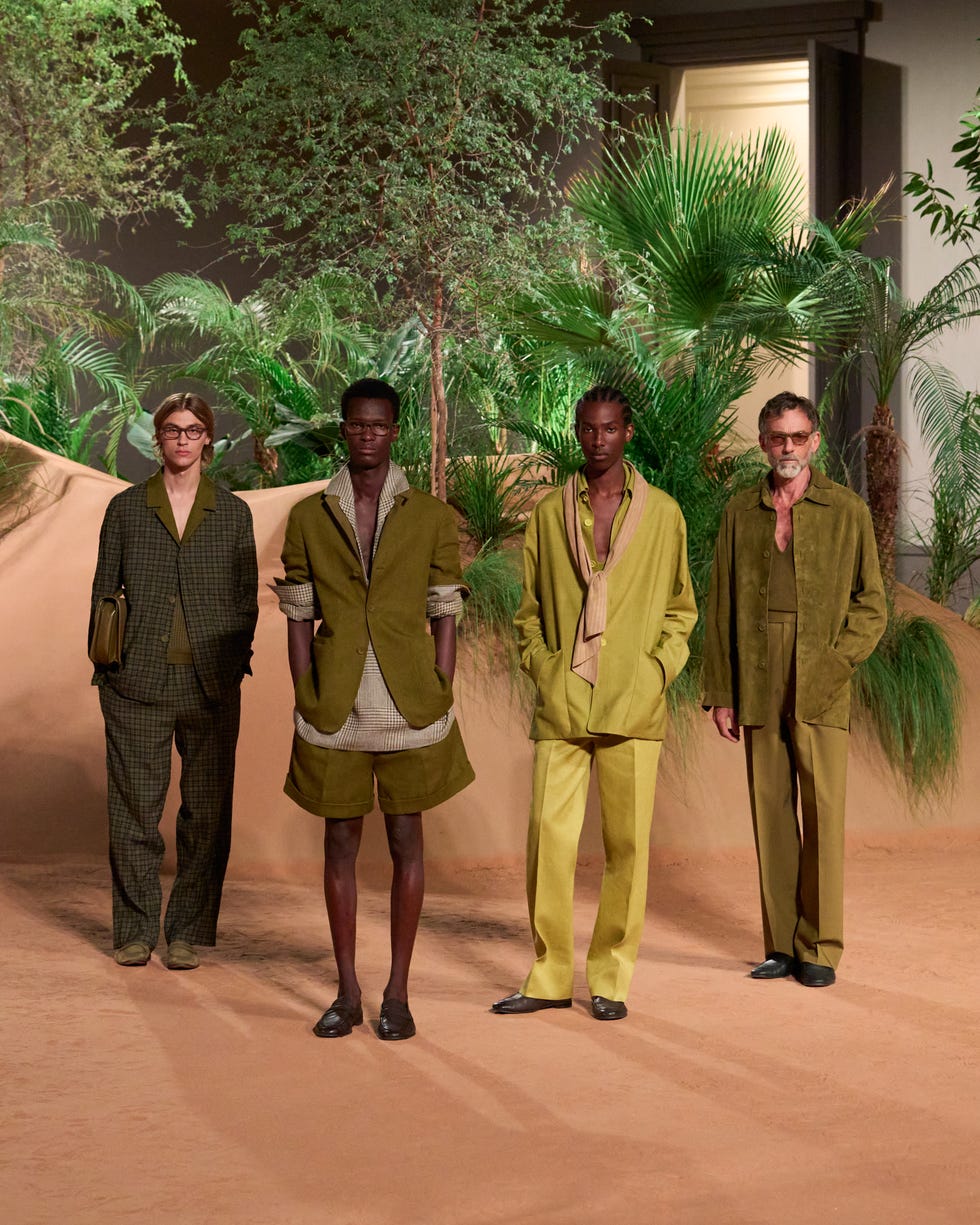
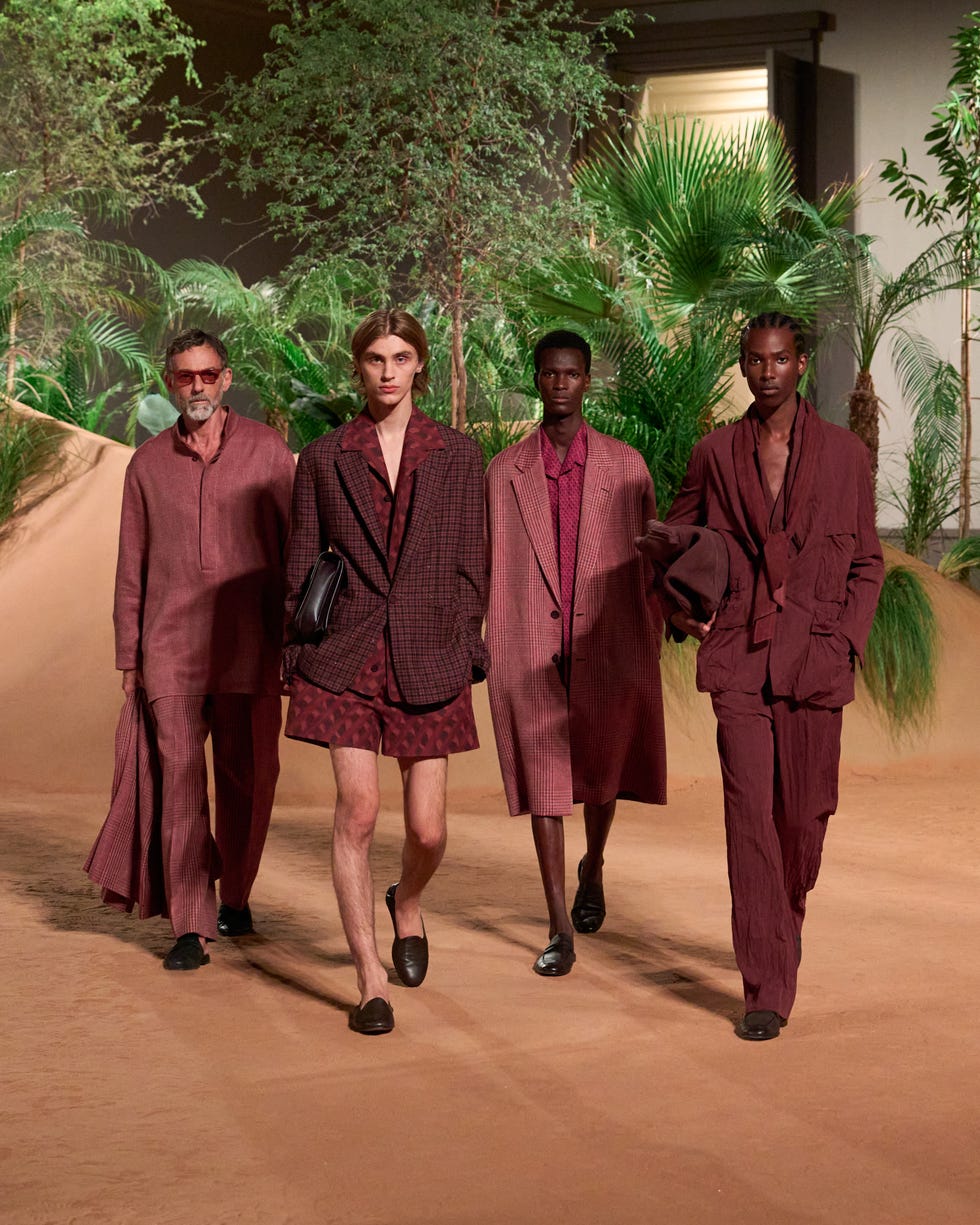






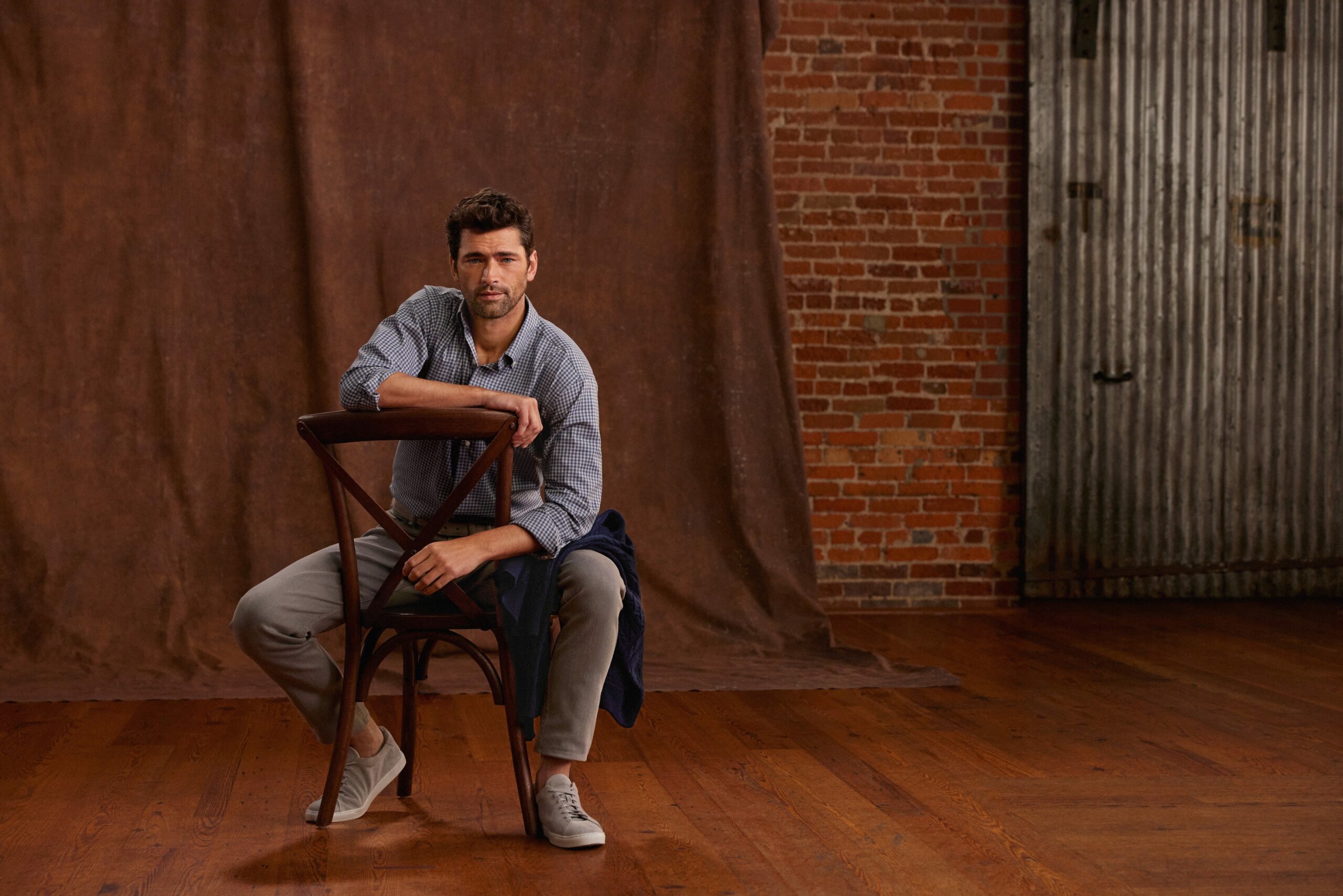

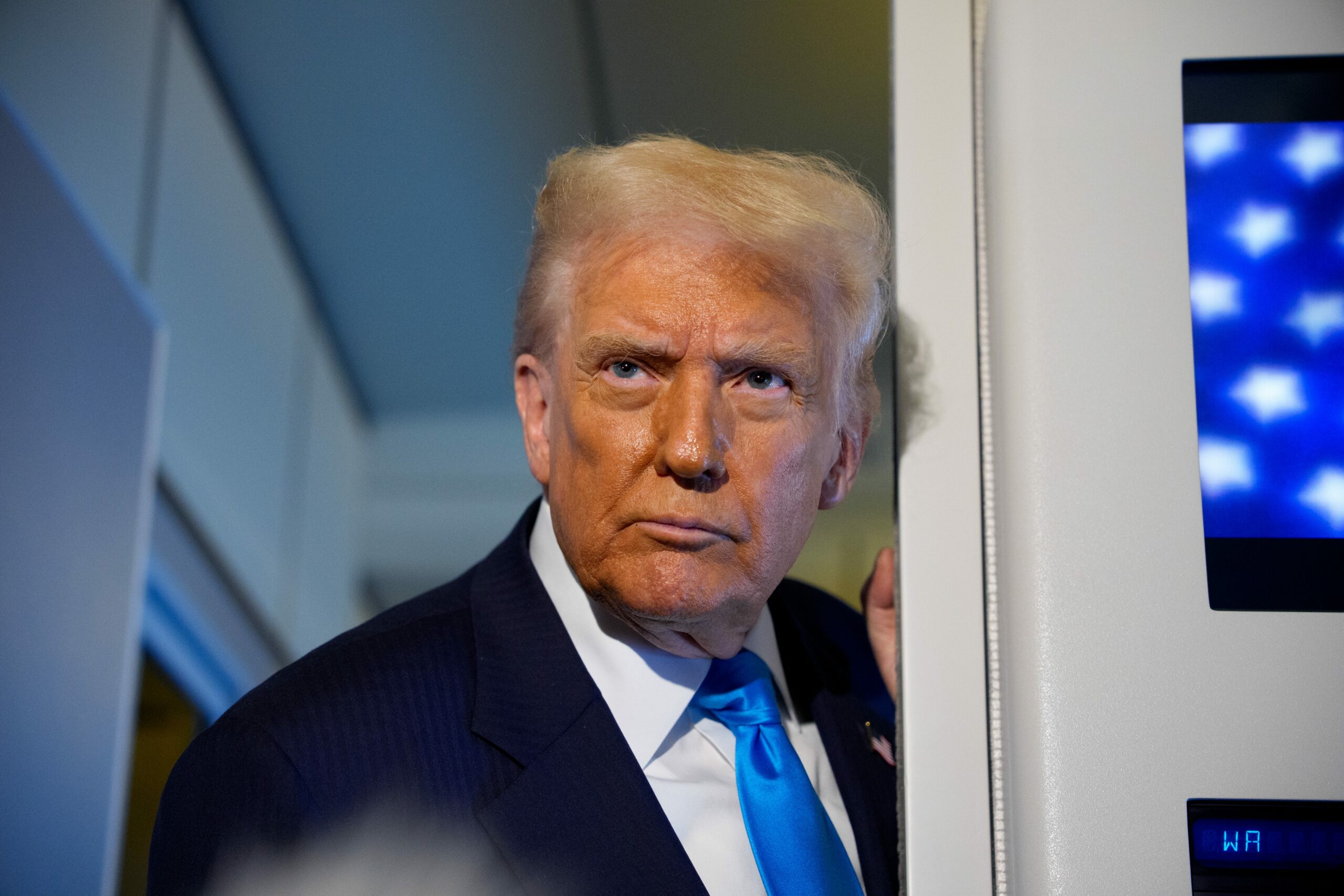










Post Comment